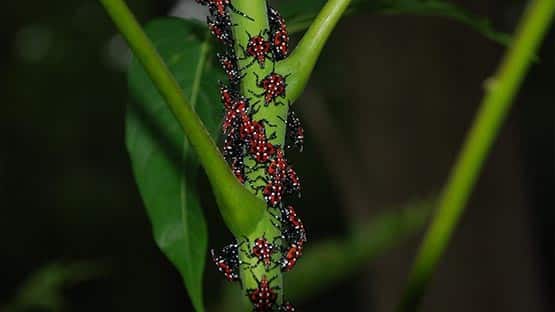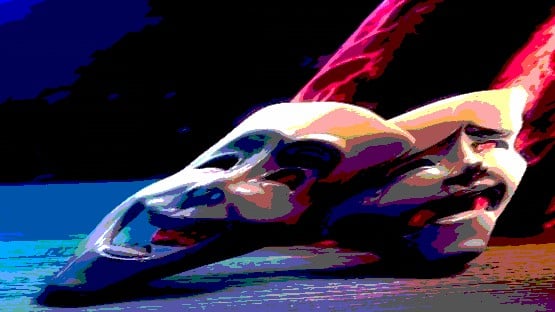
Non-native, destructive insects, plant diseases and harmful weeds are a tremendous threat to the Virginia’s crops and forests, and can seriously harm the economy, environment and even human health, according to the Virginia Department of Agriculture and Consumer Services.
Once invasive pests become established, they can grow and spread rapidly, often because they have no natural predators in their new environment and limited management options.
Invasive species
- Asian Longhorned Beetle
- Spongy Moth
- Imported Fire Ant
- Spotted Lanternfly
- Boxwood Blight
- Vascular Streak Dieback
- Thousand Canker Disease
- Wavyleaf Basketgrass
- Purple Loosestrife
Invasive species can wreak havoc on the environment, displace or destroy native plants and insects, severely damage crops and potentially cause the closure of foreign markets to U.S. products that originated from infested areas.
Steps to stop the spread of invasive pests
- Don’t move firewood over long distances as it can be a carrier of invasive insects and diseases. Use firewood that originates from the area where it will be burned. Spotted lanternfly and spongy moth eggs can hitch a ride on firewood and start infestations in new areas
- Before leaving a work or recreational site, look for and remove any insects, seeds and other plant parts that might be attached to your equipment, boots, gear and vehicle
- Consult with your local nursery or master gardener to select plants that are not invasive for landscaping and gardening projects
- Don’t plant seeds of invasive plants in wildlife food plots
- Always declare any plant material brought into the United States when returning from a trip abroad
Anyone suspecting an invasive plant pest or disease in their area should contact VDACS at [email protected],
More information on invasive plant pests and diseases can be found at https://www.aphis.usda.gov/plant-pests-diseases.










